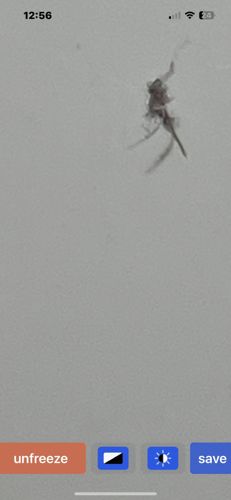Mosquito
Scientific Name: Culicidae (various genera and species)
Order & Family: Order: Diptera, Family: Culicidae
Size: 3-6 mm (0.12-0.24 inches) in adult body length, with a wingspan up to 10-15 mm.

Natural Habitat
Mosquitoes are typically found near standing water sources such as ponds, swamps, marshes, ditches, and artificial containers, as these are necessary for their larval development. They are common in tropical, subtropical, and temperate regions.
Diet & Feeding
Adult female mosquitoes feed on blood from humans and other animals (mammals, birds, reptiles, amphibians) to obtain proteins for egg development. Males and both sexes also feed on nectar and plant juices for energy.
Behavior Patterns
Mosquitoes are nocturnal or crepuscular (active at dawn and dusk). They are attracted to carbon dioxide, body heat, and certain chemicals present in sweat. After a blood meal, females lay eggs on or near water. Larvae and pupae are aquatic, developing in water before emerging as adults.
Risks & Benefits
Mosquitoes pose significant risks as vectors for numerous diseases, including malaria, dengue fever, Zika virus, West Nile virus, and chikungunya. They are considered one of the deadliest animals due to disease transmission. Benefits are limited but they serve as a food source for some aquatic and terrestrial organisms, and adults can act as pollinators to a small extent.
Identified on: 10/29/2025